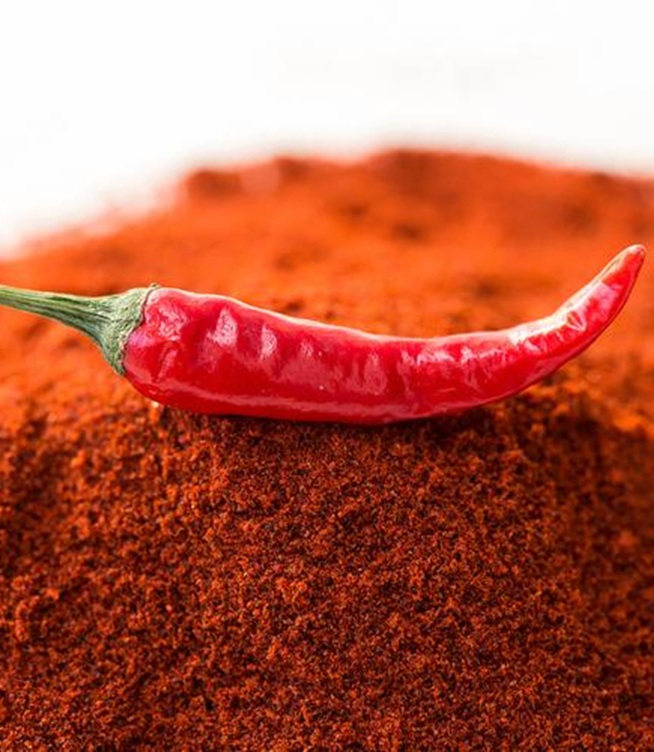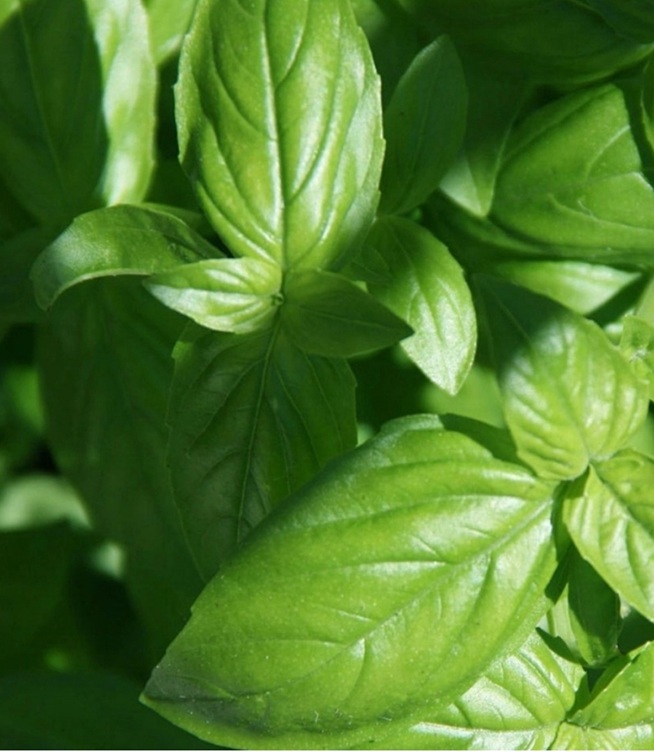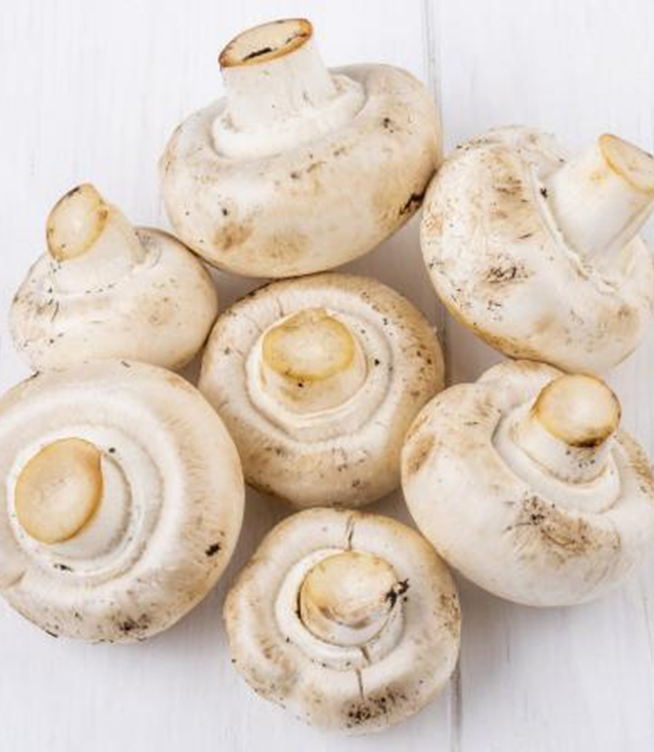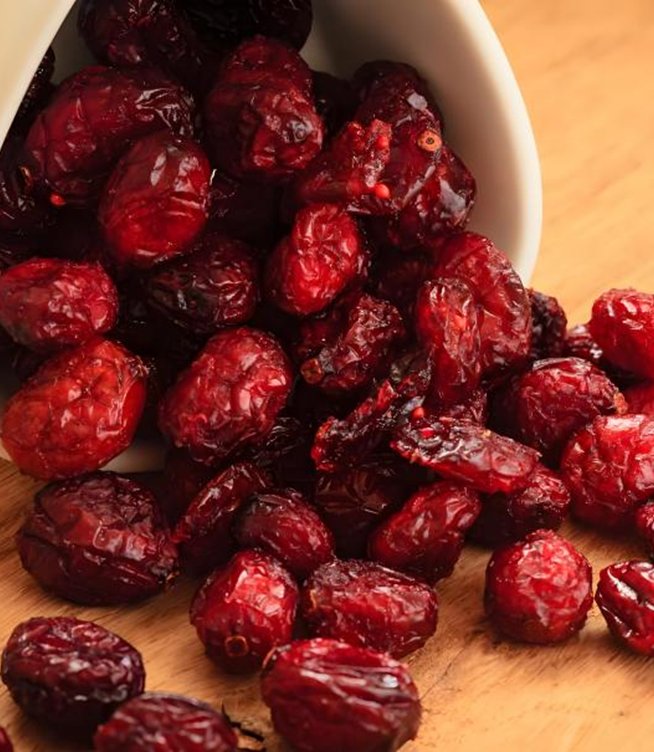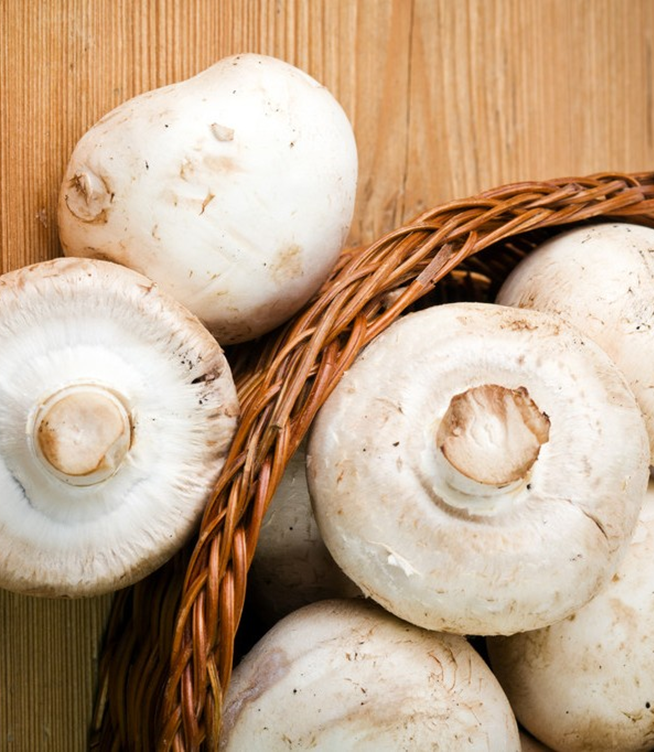Do Freeze Dried Vegetables and Fruits Still Have Nutrients?
Fruits and vegetables are essential in daily diets, providing vital vitamins and minerals. But wouldn’t it be great if they could also double as convenient snacks to carry and eat anytime? Enter freeze dried fruits and vegetables—an innovative snack option that has gained popularity among consumers. But how do these snacks differ from fresh produce? And more importantly, do they retain their nutrients?
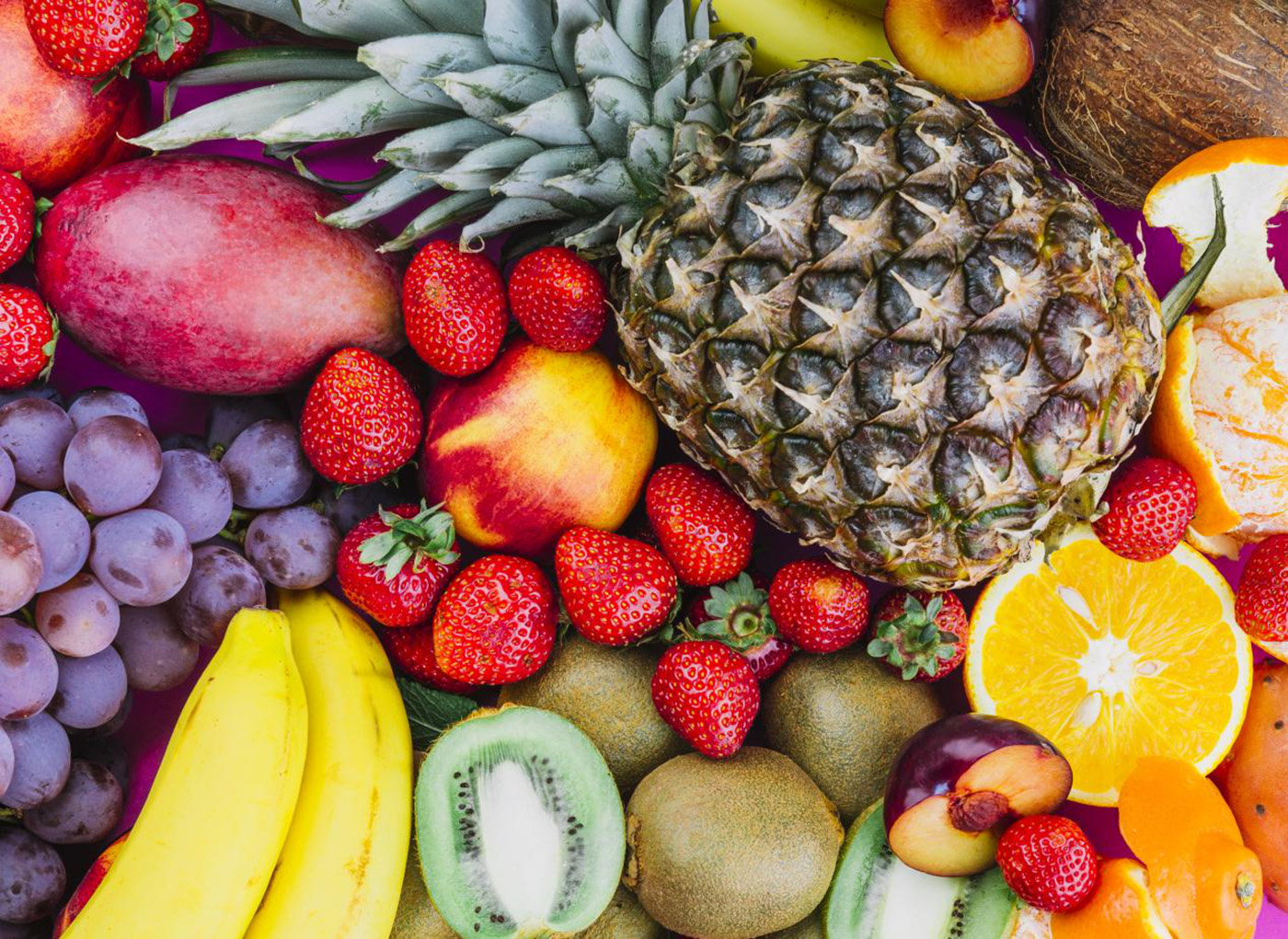
Freeze-Dried Fruits and Vegetables: A New Snack Trend
Recently, freeze dried fruits and vegetables have become a hit in stores and online. These snacks come in a variety of options, including freeze dried strawberries, mangoes, carrots, okra, and green beans. Many consumers praise their crispy texture and portability, making them an excellent choice for snacking.
Not only are these products popular in physical stores, but they are also flying off the shelves online. A quick search on e-commerce platforms reveals hundreds of shops selling freeze dried fruits and vegetables, with top-performing stores boasting monthly sales in the tens of thousands.
What Are Freeze Dried Fruits and Vegetables?
Freeze dried vegetables and fruits are made by rapidly freezing fresh produce and then dehydrating them in a vacuum. This process removes water content while preserving the food's structure, taste, and much of its nutrients. Unlike fresh produce, freeze dried snacks don’t require refrigeration and can be stored at room temperature for long periods without spoiling.
Interestingly, freeze-drying technology was first used in food preparation for Apollo astronauts. Lightweight, portable, and crunchy, these foods were ideal for space travel. Over time, freeze dried products entered mainstream markets, gaining popularity in countries like Japan and the United States, which remain leading consumers of these snacks.

Nutritional Value of Freeze Dried Produce
Freeze-drying is one of the best methods for preserving the nutritional content of fruits and vegetables. Unlike traditional preservation techniques like salting or drying, freeze-drying retains a significant portion of vitamins and minerals. However, while freeze-dried snacks maintain most of their nutritional value, they are not a complete substitute for fresh produce. Fresh fruits and vegetables offer hydration and some nutrients that may degrade during the freeze-drying process.
For those who cannot access fresh produce, freeze dried options are a convenient alternative. But it’s essential to maintain a varied diet that includes fresh fruits and vegetables whenever possible.
Considerations When Consuming Freeze-Dried Snacks
Although freeze-dried fruits and vegetables offer many benefits, there are some downsides to consider. Freeze-dried snacks are more expensive due to the high production costs. Removing water concentrates the natural sugars in fruits, increasing the sugar content per serving. Over consumption can lead to excessive sugar intake, especially in children.
The World Health Organization (WHO) recommends that adults and children limit free sugar intake to less than 10% of total daily energy, with an ideal goal of 5%. For instance, 1-2-year-old children should consume no more than 30 grams of sugar per day, while adults should limit their intake to 25-35 grams, with a maximum of 50 grams. Since freeze-dried fruits have higher sugar concentrations, consuming them in moderation is crucial to avoid exceeding these limits.


